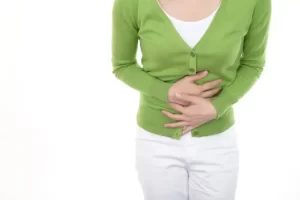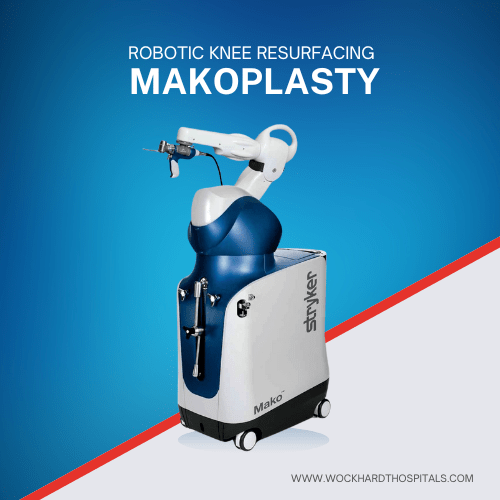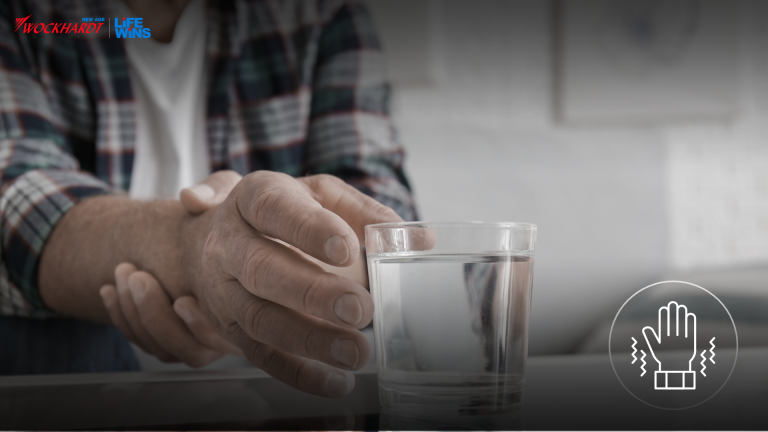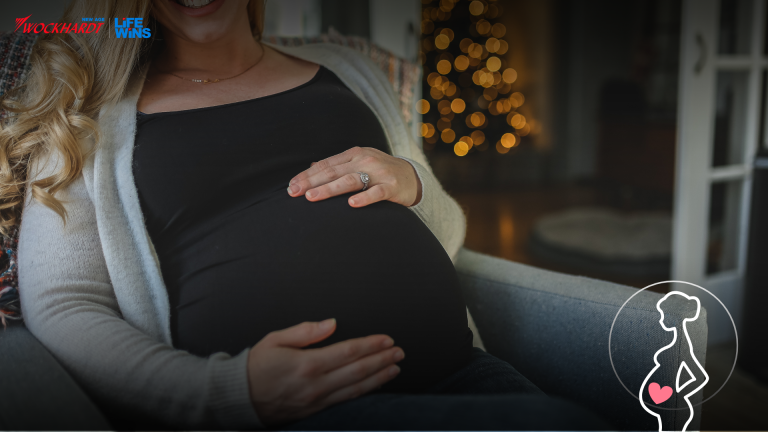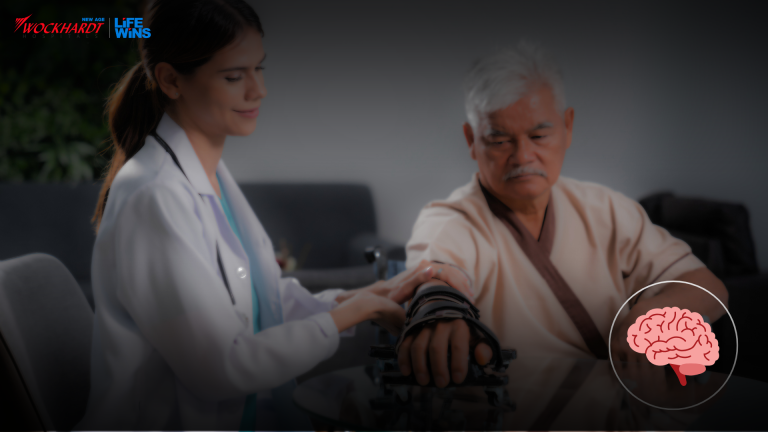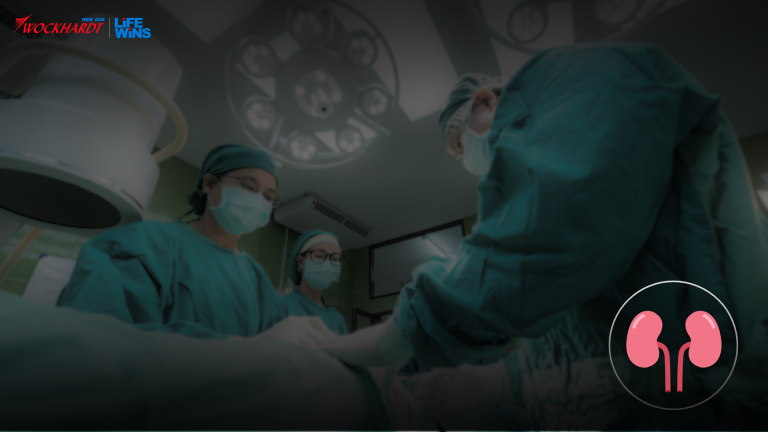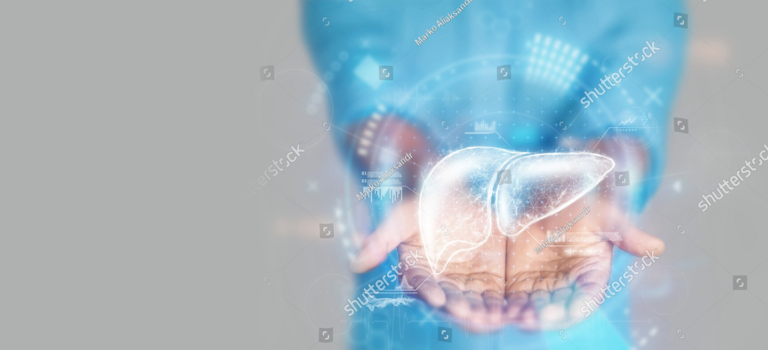
Pregnancy After 35: What You Need to Know About High-Risk Pregnancies?
Introduction Pregnancy is said to be high risk when it is often complicated by medical conditions that pose a threat to the well-being of the mother and the child. The risk associated with pregnancy is greater for anyone who is younger than 20 or older than 35. Several factors make a pregnancy high-risk, like age, lifestyle, general health, and genetics. This article provides essential information about managing a high-risk pregnancy after the age of 35. Understanding the Risks Before deciding to get pregnant after 35 years, it is crucial to understand all the risks that come with it. This is essential to prevent complications and be prepared. Some issues you might face are as follows: 1. It is more difficult to conceive: Every woman is born with a finite number of eggs, which keep decreasing throughout her life. From the mid to late thirties, the quality and quantity of your eggs start decreasing significantly, making it more difficult for them to be fertilized. 2. Higher chances of multiple pregnancies: Because of the hormonal changes happening at this age, there is a higher chance of releasing more than one egg in a single cycle, ultimately resulting in a multiple pregnancy. Also, since a good number of late pregnancies happen by artificial techniques, there is a higher incidence of twin pregnancies. 3. More chance of developing gestational diabetes: Gestational diabetes occurs only at the time of pregnancy. The risk of this type of diabetes is higher in older women. Gestational diabetes increases the likelihood of conceiving a child that may grow abnormally or be delivered prematurely. Hence, it is very important to follow a proper diet and take medications to treat gestational diabetes. 4. Higher risk of a premature birth: With older age, the chances of delivering an underweight baby increase as well. Premature babies are often more prone to complications. 5. Decreased possibility of vaginal birth: With all the impending complications, a C-section is often the recommended mode of delivery in such cases. 6. High risk of miscarriage: The risk of miscarriage and stillbirth directly increases with advanced age. This could be due to compromised egg quantity or other pre-existing medical ailments. 7. Increased possibility of chromosomal disorders. With an elderly mother, there is a significant increase in the chance of the baby developing any chromosomal aberrations like Down’s Syndrome. Precautionary Measures If you wish to plan for a pregnancy after 35, make sure to take proper measures to prevent complications. Here are some things you can do: 1. Take preconception vitamins: Start planning visits to your doctor right when you start planning your pregnancy. Getting regular preconception vitamins goes a long way in preventing any congenital abnormalities in the child. 2. Stay consistent with your check-ups: Make sure that you get all your scheduled tests and attend all your appointments. Monitoring the growth of the fetus is extremely important in a high-risk pregnancy. Identifying any problem as early as possible can help avoid complications. Make sure you are vaccinated when needed. 3. Eat healthy: As said earlier, gestational diabetes and general health concerns play a major role in complicating the high-risk pregnancy further. Eating a well-planned diet with good nutrition is very important to stay clear of such complications. 4. Prenatal testing: Currently, there are several options to check for chromosomal aberrations in the fetus. Enquire about such tests and do them if necessary. Recent advances in radio-diagnosis can also help determine very minute discrepancies in the fetus. Important Signs to Look For: Your healthcare professional will clearly explain when you will have to visit the hospital, and the signs considered an emergency. Here are a few signs of complications in high-risk pregnancies: Vaginal bleeding or abnormal discharge Abdominal pain Decreased fetal movements Severe headaches Disturbances in vision Sudden swelling in the face, fingers, and hand Fever or chills Severe vomiting The Well-Being of the Mother At Wockhardt Hospitals Mira Road, we ensure that all expectant mothers get enough reassurance and care from the treating physicians. We have dedicated a good amount of our time to researching how we can deliver the best possible care to expectant mothers, and ensure they embark on their journey to motherhood stress-free. By effectively implementing this principle in our healthcare services, so we have consequently observed a significant improvement in the overall success and outcomes of high-risk pregnancies over time. By reducing stress and preventing complications associated with a high-risk pregnancy, we have helped several women above 35 years of age conceive. Frequently Asked Questions (FAQs): Q1. What genetic tests can I get done? The commonly done tests include amniocentesis and chorionic villi sampling (CVS). Amniocentesis studies the fluid that surrounds the fetus in the uterus, usually after fifteen weeks of pregnancy. Amniocentesis can detect genetic conditions and defects in the brain or spinal cord.CVS studies the sample of cells from the placenta, usually done between the 1 0th and 13th week of pregnancy. Q2. What are the risky substances I should avoid when trying to conceive? Any form of tobacco, like e-cigarettes, poses a significant threat. Steer clear of alcohol and any kind of illegal substances. Make sure to consult with your doctor about any regular medications that you may be taking, as certain medicines and supplements may be harmful to the pregnancy. Q3. What are the general health problems that can complicate a high-risk pregnancy? Common medical conditions that tend to increase the risk associated with pregnancy are hypertension, obesity, diabetes, epilepsy, thyroid issues, heart defects, blood disorders, asthma, and other infections. Getting them checked before planning your pregnancy can significantly decrease the chance of developing complications later.
















